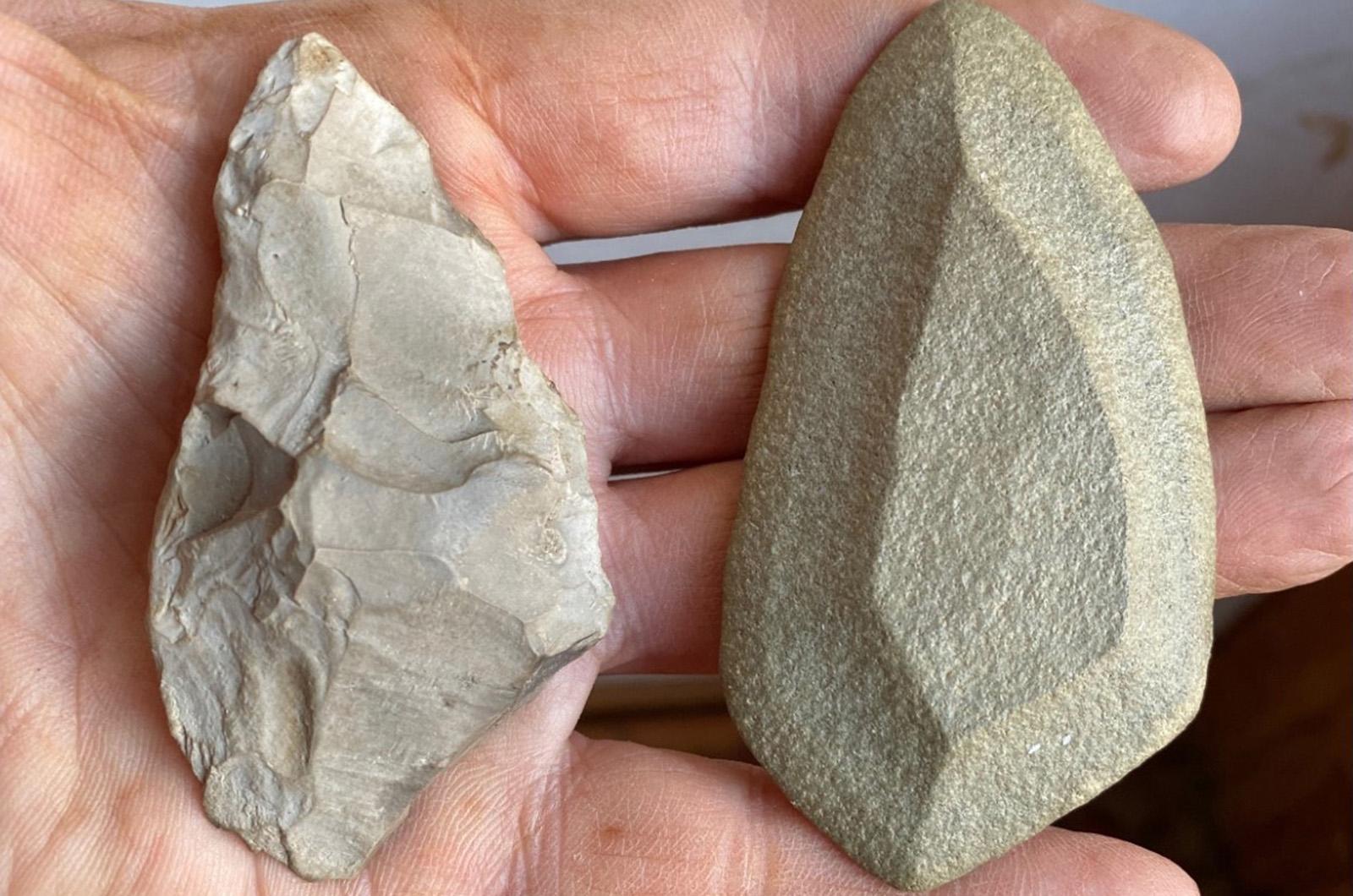Jake Matijevic was a rock star and a star rock.
This American mathematician and NASA engineer’s claim to fame was his work to develop the Mars Exploration Rovers. He also has another legacy: a special stone that bears his name.
The Jake Matijevic Rock, also called the Jake M. rock, is a pyramid-shaped rock on the northern wall of the Gale Crater on the planet Mars. It was a location that NASA’s Curiosity Rover explored and the Rover even reached out to touch and study the now-famous rock. Sadly, Mr. Matijevic died just after the Rover landing without learning of the naming of the rock or the incredible information the Rover gleaned.
While distinguished for its historic significance, the Jake M. rock is notable for its status as a ventifact. Stones designated as ventifacts are sculpted by the forces of wind that create faceted and flattened surfaces, the result of windborne sand or ice crystals pummeling it.
Ventifacts are not only found on Mars. Closer to home are the ventifacts found on this planet, and closer to heart are the ones found all over our Island landscape. The Island’s geologic history and persistent winds provide for the creation of large and small ventifacts.
West Tisbury resident and rock hound David Stanwood recently shared a ventifact he collected from his driveway. His affection for these stones and their creation is evident is his description of them: “I’m always pointing them out and raising awareness of what happened in the barren post-glacial topography, when the wind blew and blew and blew and the grains of sand wore and wore and wore.”
The word ventifact literally means “wind-made” and is not the only term to describe these faceted rocks. Windkanter is a synonym, likely of German etymology, and just scratches the surface of describing these stones. Kanter means “edge,” and the terms dreikanter, zweikanter and einkanter are names for stones with three, two and one facets, respectively.
Ventifacts clearly come in many shapes and sizes too. At the entrance to Felix Neck, there is a large rock called a glacial erratic — because of its deposition by the glaciers that created the Island — that is also a ventifact with its keel evident. David’s ventifact was much smaller but no less interesting, and he contrasts it with another artifact whose facets were made by human hands.
To study ventifacts is to understand and imagine conditions that led to their distinctive shape, which can be prolate, oblate, triaxial, or ellipsoidal, pyramidal, or irregular. The wind direction forms the facets and the keel results at the intersection of the windward and leeward sides. As these rocks become eroded they can move or change direction, and then the process starts again, leading to another flattened side.
Sometimes the surface of the ventifact is pitted or has grooves from the pounding force of the sand. Hard rocks with fine grains such as quartz, chert and obsidian, among others, are good candidates to become ventifacts.
You don’t have to hit rock bottom to appreciate ventifacts or have rocks in your head to understand their formation. In fact, it is quite the opposite for Jake M.: what a pinnacle of pride to have one named after you!
Legend has it that Michelangelo said that the way to sculpt a David is to start with a block of granite and chip away everything that doesn’t look like David. Similarly, the wind takes away so much of the rocks that it creates its own artistic objects. With ventifacts, parts of the rock remain, leaving a sculpture that only scientists and enthusiasts truly appreciate.
Suzan Bellincampi is Islands director for Felix Neck Wildlife Sanctuary in Edgartown and the Nantucket Wildlife Sanctuaries. She is also the author of Martha’s Vineyard: A Field Guide to Island Nature and The Nature of Martha’s Vineyard.




Comments
Comment policy »